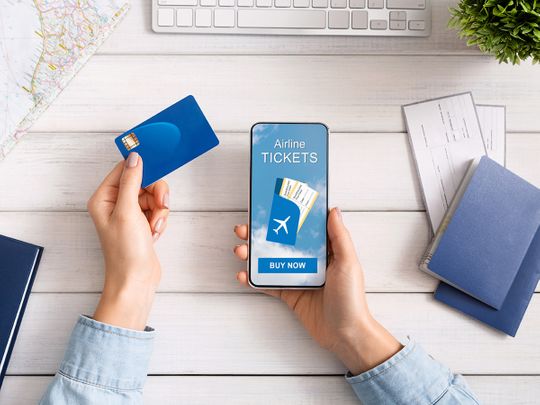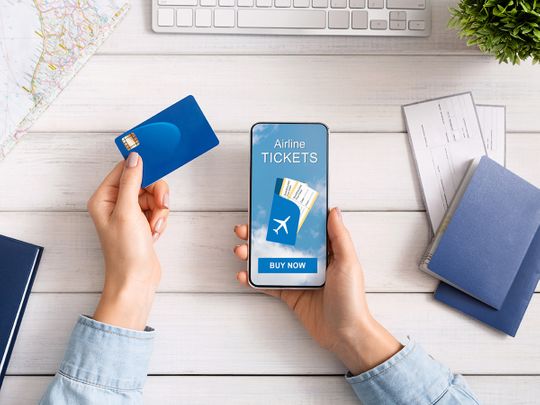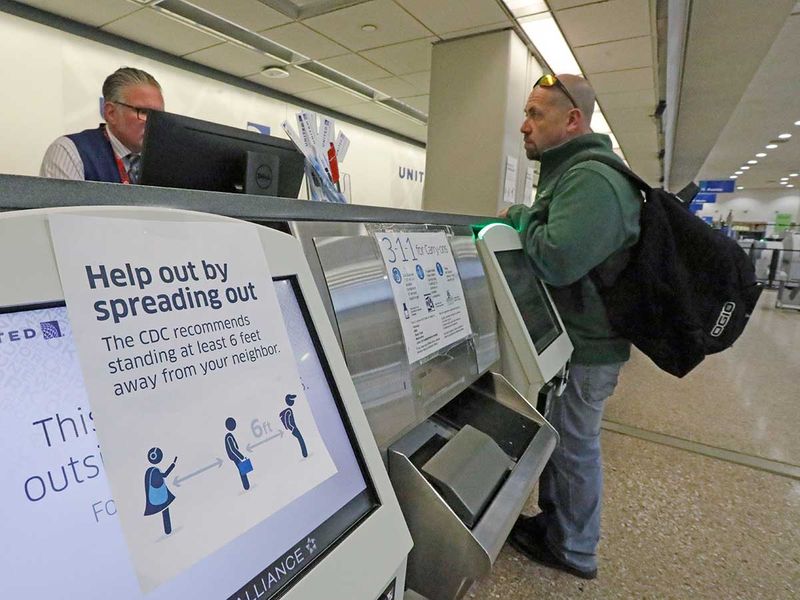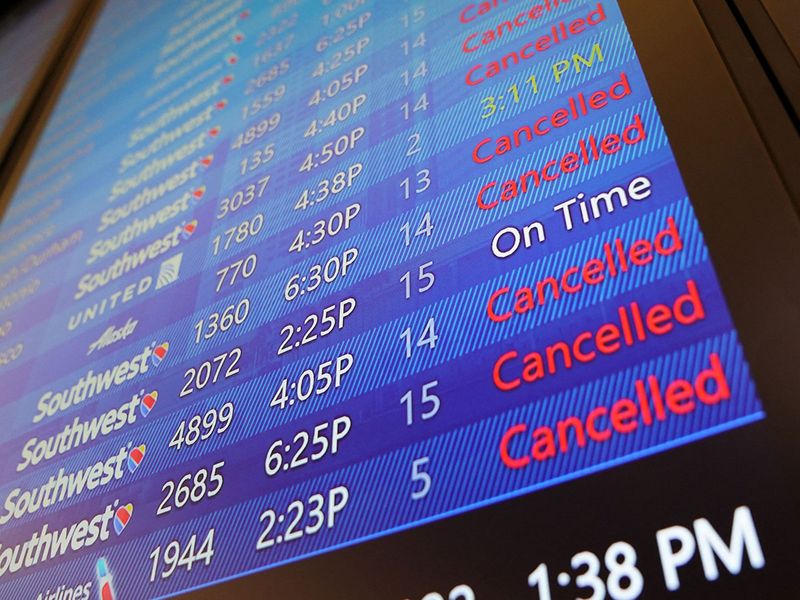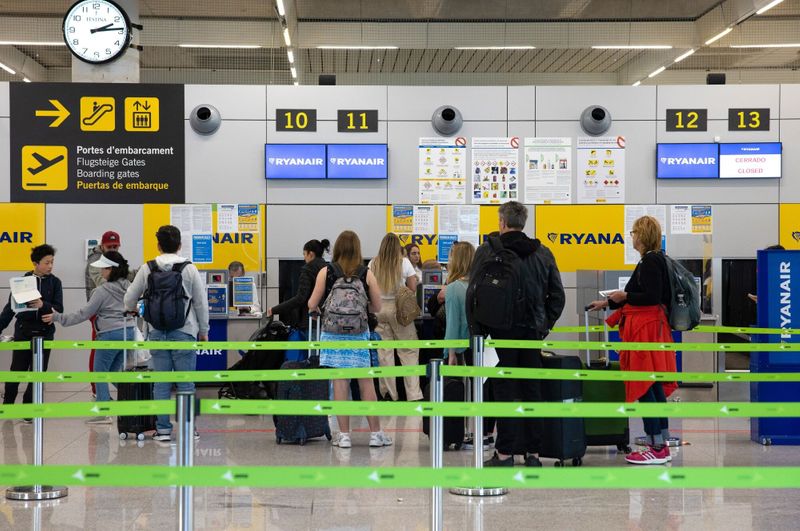Want to grab cheaper airline tickets? Know these booking hacks for low-cost travel
Oceania Cruises is launching a fine wine collection across its fleet of seven ships, featuring 80 new labels and sommelier-led programs exclusively on the new Oceania Vista.
The wines were individually selected by Oceania’s culinary team and are sourced from around the world, including from Italy, France and South America.
The wines have been added to the menus throughout the fleet. Highlights include Moet & Chandon Cuvee Dom Perignon from Epernay, France; Ornellaia Bolgheri Superiore, a Super Tuscan from Tuscany, Italy; Mascot from California’s Napa Valley; and the Vina Errazuriz Kai Carmenère from Aconcagua Valley, Chile.
The wines will be available to order at restaurants, bars and from suites. Bottles range from half size to magnum.
Oceania has also introduced three new dining experiences and five new pairing menus on the Vista, a ship that debuted in May. Guests can join a two-hour exclusive Cellar’s Wine Luncheon in the Ember restaurant with the head sommelier for a tasting. Each dish in a five-course menu is paired with a premium wine.
The expansion of the wine menu follows Oceania’s April announcement of a partnership with Chapter 7, which created a 20-year-old small-batch cask of Scotch whisky to celebrate Oceania’s 20th anniversary.
With the holidays, long weekends and summer break coming up, you may be wondering why airfares are skyrocketing like mad.
Customers naturally seek the lowest price; airlines look for ways to fill every seat and maximise revenue.
So where do we even have cheap flights? And why is it that when you check a ticket online, airfares go up a day — or even few moments — later?
Airfares should be priced similarly everywhere, right?
Wrong.
It’s no magic. It’s so by design. There’s a luggage full of reasons why ticket prices vary significantly even for the adjacent seats in the same class, and on the same flight.
Fasten your seatbelt…
Big data
Airfare pricing is a complex process. Algorithms and machine learning play an increasing role, but human decision is a key factor, too. By pouring through old and past repeatable patterns, for example, algorithms make predictions based on the likelihood of those patterns working again.
But how do airlines know which country, or locality, you’re booking from? There are certain ways to find out, but it all boils down to the IP (internet protocol) address. It can also be done through mobile tracking or your Wi-Fi connection and your location (from your browser data).
In turns out that your online footprint, part of the so-called “big data”, is the new currency. For example, booking platform Hopper claims the company’s airfare predictive tool is trained on 75 trillion itineraries and eight years of historical price data.
The data includes “cookies” (built specifically for web browsers to track, personalise, and save information about your session), customer geolocation, device type, and browsing behaviour.
Why did I pay more than my seat mate on the same flight?
It’s due to the what is known as the “fare bucket” system. In the airline business, it’s a common practice for a group of seats to sell at one price. Once all sold, another “bucket” opens up at a different price.
So you have a situation where, the passenger sitting in 22C has paid hundreds of dollars more for their trip than the passenger in 22D.
That’s one role algorithms, and increasingly AI (artificial intelligence) play in aviation.
Automated systems also form part of this nebulous equation: if a rival airline lowers its fares on a particular route, another airline may catch up on the change — and promptly respond — by lowering its own prices.
Due to the difficulty of foreseeing what another system or airline will do, most data scientists would readily admit it’s not always easy to predict fares with a decent rate of accuracy.
However, for those developing price-prediction algorithms, the outcomes are typically predictable when based on historical data. That’s why your browsing and search history are valued by aviation data miners.
In a study published in the Journal of King Saud University – Computer and Information Sciences (also on Science Direct) in May 2021, authors led by Juhar Ahmed Abdella, explained trends in airline ticket pricing and demand prediction.
The researchers said that instead of relying on these computational techniques such as demand prediction and price discrimination, which they found “inadequate “, they proposed that external factors such as social media data and search engine query be considered for ticket/demand prediction, too. If so, this could add a layer of complexity to the process.
Why do airlines cut prices at the last minute?
It’s a constant cat-and-mouse game. And one that could favour a potential customer who is patient and a smart shopper (more on this below).
Oleksandr Kolisnykov, who works for software firm Altexsoft which develops price-prediction tools, admitted to Wired that it’s hard to predict an airline’s reasoning behind and variables that impact the current price.
However, data on price history can be tracked, upon which predictions for the future can be made.
Why did Google Flights limit its “predictive insights”?
Google Flights is known for helping customers track down the least expensive tickets for their preferred routes and dates. In the summer of 2019, Google Flights launched its “predictive insights ” — forecasts of when prices are likely to go up or drop.
However, since the Spring of 2020, the heightened volatility of airfares forced the platform to significantly cut down on the number of “predictive insights” it offers in searches. “Predictive Insights” guaranteed fares for some specific itineraries and would send flyers refunds if the price dipped before takeoff.
In general, Google Flights aims for 90 per cent prediction accuracy, Eric Zimmerman, the director of travel products at Google, told Wired. But reaching that high level of confidence has become difficult, especially in the pandemic months.
As the industry stabilises, the project may be revived, Zimmerman says.
Is it still possible to get cheap airfares? If so, when?
A 10 per cent savings can be realised by choosing the cheapest week to fly, according Skyscanner, citing historical data. Skyscanner’s Savings Generator noted that this is the week starting from August 19 (the last week of school holidays), because that’s when most people (families, especially) are already done travelling, and are busy preparing for the new school year.
On the other hand, the first two weeks of summer/school holidays are the most popular travel weeks (end of June) — which is when fares could be at their craziest.
Why are summer flights now getting more expensive?
A report by American Express Global Business Travel, citing tens of thousands of client transactions on international flights to and from Asian destinations, found that flying will be far more expensive this summer.
Example: a typical New York-to-Hong Kong flight in economy class cost more than twice as much this 2023 as in 2018/2019, and almost a third more than in 2017.
Some helpful tips (to nail cheap airfares)
Now that we know how airlines and booking platforms work (sort of), how do you get cheap flights anyway?
It turns out, less pricey tickets do exist. It takes some patience and good timing. Here are some helpful tips from travel experts and booking platforms themselves:
#1. Use “incognito browsing”, clear cookies, browsing history:
This is a key step. It’s no secret that certain travel websites track your search history and increase prices based on “demand”. To avoid this, use incognito browsing mode or clear your cookies before searching for flights.
If you end up checking the same site multiple times, you’re marked. This is called algorithm-based pricing — you will find a ticket price jumping the next minute. Clearing your data or browsing history will help avoid this. It is best to use incognito mode when browsing for air tickets, so you prevent this from happening again.
#2. Use flight comparison sites:
There a number of platforms that offer price comparisons, including Google Flights, Kayak and Expedia. As long as it’s reliable and valid, it should offer some decent, up-to-date discounts as well. Airlines generally monitor competitors’ fares to remain competitive. By utilising flight comparison websites, or online travel agencies, you can compare prices across different airlines. These platforms allow you to easily compare fares, enabling you to choose the most affordable option.
#3. Plan ahead, book in advance:
Know the best days to book, and best day to fly: Expedia, a travel booking platform, cites data that shows planning ahead (by at least six months) can help you grab good deals, especially for international travel. Don’t try to book too far ahead. Some experts suggest a “sweet spot” of between 4 to 6 weeks ahead of your planned travel date. In general, airlines often offer lower prices for tickets booked well in advance. As the departure date approaches, prices tend to increase. In aviation industry parlance, it is called “dynamic pricing” algorithm based on real-time factors — booking trends, time to departure, seat availability and competitor analysis. As the departure date approaches, prices can rise due to higher demand or decrease to fill remaining seats. High demand may result in higher prices.
What if you haven’t planned that far ahead? Here’s one Expedia tip: Make sure you book your flight on a Sunday. While Sunday is the best day to make the booking, Expedia said the best day to actually depart or travel is Wednesday. Tuesday mornings can also give you cheaper fares, according to viatravelers.com, since airlines release their fares on that day. Mid-week travel, most of these reports concur, offer the cheapest flights but don’t wait until mid-week to make that booking.
#4. Be flexible with dates and times:
Choose off-peak days or times for travel if your trip plans are flexible. Flights are typically less expensive on weekdays, early mornings, or late nights since there is less demand. According to these booking platform surveys, the easiest approach to obtain the lowest rates is to have flexible travel dates.
#5. Consider nearby airports, connecting flights:
This is an important aside to being flexible: See if there are any additional airports close to the cities of your departure or destination. Flying to or from a neighbouring airport can occasionally be less expensive, and the savings may exceed the added expense of transportation. You may check connecting options because they might offer cheaper prices. Just make sure you have adequate time for the connection, and take into account any layover-related visa or entry requirements.
#6. Sign up for price alerts:
To learn about special offers, discounts, or flash sales, sign up for price alert services or follow airlines on social media. You can keep up with pricing changes or promotional offers in this way.
#7. Be open to budget airlines:
When flying short distances, think about using a low-cost airline. These airlines may not provide as many amenities, but their costs are typically less than those of full-service carriers.
#8. Use frequent flyer programs and rewards:
Join the frequent flyer program of the airline or alliance (SkyTeam, Star Alliance and Oneworld) you use frequently for travel. When you amass miles or points from your travels, you can use them later to redeem for cheap — or free — flights.
#9. Be patient and wait for seat sales, then act fast:
Some airlines run specials and promotions on certain occasions. Some offer cheap fares on regular basis. You can wait for these sales to purchase discounted air tickets if your vacation plans are flexible. To avoid missing out on desired flights or availability, do not wait for too long, i.e. act fast — when you do find a cheap air ticket, be ready to act on the spot.
Source: Read Full Article
